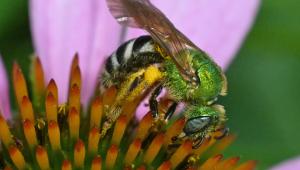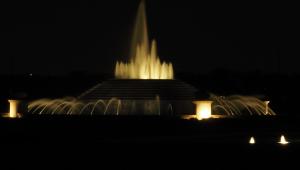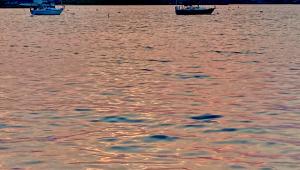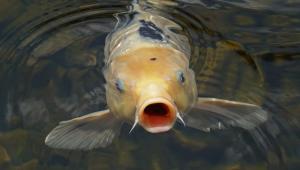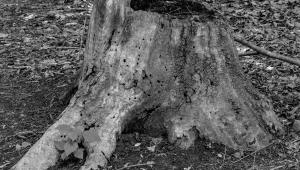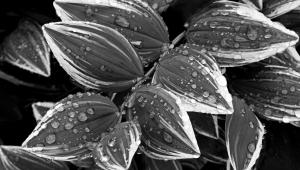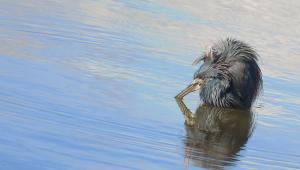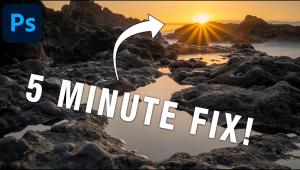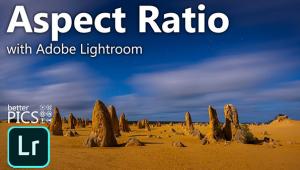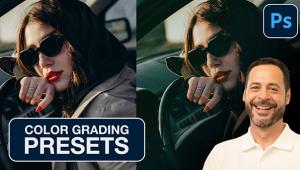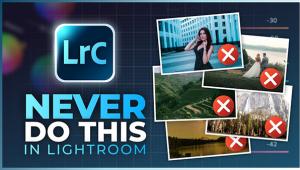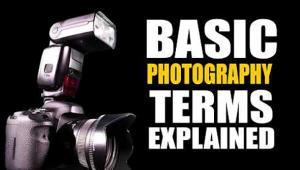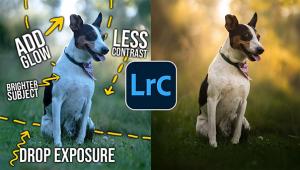Digital Help
Q&A For Digital Photography
Digital Help is designed to aid you in getting the most from your digital photography, printing, scanning, and image creation. Each month, David Brooks provides solutions to problems you might encounter with matters such as color calibration and management, digital printer and scanner settings, and working with digital photographic images with many different kinds of cameras and software. All questions sent to him will be answered with the most appropriate information he can access and provide. However, not all questions and answers will appear in this department. Readers can send questions to David Brooks addressed to Shutterbug magazine, through the Shutterbug website (www.shutterbug.com), directly via e-mail to: editorial@shutterbug.com or goofotografx@gmail.com or by US Mail to: David Brooks, PO Box 2830, Lompoc, CA 93438.
What Is HDR (High Dynamic Range)?
Q. I really love the detail, depth, and contrast from HDR images. But now I'm
confused. There seems to be two conflicting methods of producing HDR images
when shooting raw: 1) processing a single raw file three times at different
exposure settings and 2) shooting three raw files at different exposure settings,
processing each (presumably without further adjustment on conversion) and combining
them. The former seems to be a much simpler method. Why would I go through the
hassle of shooting three images with the risk of registration problems and subject
movement?
Richard Adamson
Toronto, Ontario
A. First of all, you will find two articles that deal with
HDR in the March 2008 issue of Shutterbug, an article on HDR specifically by
Rod Lawton, as well as my report on Corel's Paint Shop Pro Photo X2, which
includes a new and very effective HDR utility.
However, what you describe as a multi-process technique, which is similar to
LaserSoft's SilverFast Multi-Exposure (see www.silverfast.com and go to
the description of Multi-Exposure), are really methods of enhancing the dynamic range information
in a digital photo image file, which has the effect of improving reproduction
of highlight and shadow detail. This increases the "effectiveness"
of the dynamic range captured in a single image file, but really does not extend
the dynamic range of the original.
There are various estimates of what the effective dynamic range of a digital
camera capture is (somewhat similar to the exposure range of a typical 35mm
slide film). Let's say the dynamic range of a sensor is 6.5 f/stops and
your subject brightness range is 8.5 f/stops: there is no way the sensor can
record that range, unless you make at least two exposures at two f/stops apart.
In other words, to achieve a true High Dynamic Range greater than the dynamic
range that can be captured and recorded in one exposure you have to make more
than one exposure at different exposure settings. True extended dynamic ranges
of subjects that have 8, 9, 10, or more
f/stops of brightness range from the brightest highlight to the deepest shadow
are only achieved by making a series of bracketed exposures at different exposure
levels, then combining and blending the exposures in an image-editing HDR utility.
As to the alignment issue, it is resolved by the software which automatically
aligns bracketed images pixel by pixel so the layers are precisely positioned
one on top of the other. This is really something digital software does easily
and more accurately than we humans could ever achieve manually.
Image-Editing Software Upgrades--Are They Worth It?
Q. The last time I asked about Elements I believe you said 3 would do what I
needed. Does that still hold true? Also, what about "BlowUp" as
an alternative to Genuine Fractals? I do have an older version of SmartScale.
As you no doubt can tell, I have been away from my Nikon D1X for a while. I
am still using an Epson 2200. Please, if you will, any suggestions for moderate
software upgrades?
Dave Hannah
via e-mail
A. Adobe's Photoshop Elements is currently at Version
6 (the Windows edition has been available for sometime, the Mac edition hit
store shelves in March). It is well worth the under $100 cost as the application
is much more efficient, with many new useful features. More significant tools
and processes have been added and refined, so correction and editing yield a
better quality image result. And the processing of digital camera raw files
with Adobe's Camera Raw, a part of the application, is particularly and
dramatically improved.
Personally, I have never found any of the enlargement utilities particularly
advantageous with digital camera output files, unless of course you are going
to very large poster-sized printing. I find that doing the enlargement of 2x
or 3x with a raw camera file still in its full bit depth using Photoshop's
Image Size utility will produce a print result just as fine as using Genuine
Fractals. However, for greater size enlargement I think the preponderance of
choice among users remains Genuine Fractals.
Finally, the best printer that replaces the Epson 2200 from my test and evaluation
is the Canon PIXMA Pro9500--really great color and black and white printing.
Print-Viewing Desk Lamps
Q. What desk light(s) do you recommend for viewing and evaluating the color
of printed photographs? I have an Epson R2400 inkjet printer and a calibrated
LCD monitor. I use Adobe Lightroom and Photoshop CS3 for processing the images.
Leonard Share
via e-mail
A. There are two kinds of desk lamps that may be used for viewing prints with 5000 Kelvin illumination for perceptual evaluation of prints. One is a low-voltage tungsten with a dichroic filter to raise the color temperature. The most popular brand is SoLux, and you may obtain information at: www.solux.net. The other, which I use most myself, is a standard 15" fluorescent desk lamp fitted with a D50 tube like those used in professional light tables for viewing slides and transparencies. The difference in the tubes is that the pro D50 tubes for light boxes use rare earth internal coatings that greatly reduces the typical blue-green and UV spikes of ordinary tubes. These 15" fluorescent tubes should be available from professional dealers like Adorama (www.adorama.com), B&H (www.bhphotovideo.com), and, on the West Coast, Samy's Camera (www.samys.com). A couple of high-quality brands that make these tubes are Just Normlicht, Aristo, and Hakuba. The 15" fluorescent desk lamp fixtures are available at office furniture stores. Although some prefer the small, low-voltage lights with dichroic filters, I find the 15" fluorescent produces a more even, softer light that is advantageous.
Hot Shoe Connections For Flash Triggers
Q. My question is in regard to wireless radio triggers. I have been looking
into the various options like the Elinchrom EL-Skyport, MicroSync Digital, PocketWizard,
etc. However, I'm having a hard time finding an option for my cameras,
a Minolta 9 and Minolta 7D. I would imagine Sony would have the same problem.
The Minolta hot shoe is substantially different than either Nikon or Canon.
Are there any options available to me with a Minolta/Sony hot shoe? I appreciate
any help you can provide.
Michael
via e-mail
A. I believe the basic hot shoe sync connection is universal for all camera brands and models using the large center contact point (usually round) and the shoe base as the camera body ground. If your Minolta cameras have a round center contact, usually larger than the surrounding proprietary contacts for TTL functions, any remote trigger device that only connects to the camera's sync circuit should work.
ANNOUNCEMENT
I am pleased to announce a new Third Edition adding five chapters to my eBook
DIGITAL DARKROOM RESOURCE CD. The CD now contains 26 chapters totaling 318 pages
in Adobe Acrobat .PDF format, providing easy-to-read text and large high-quality
illustration. The CD is available for $20 plus $4 shipping and handling (US
Mail if available). Ordering is as simple as sending a check or money order
for $24 made out to me, David B. Brooks, and mailed to PO Box 2830, Lompoc,
CA 93438.



